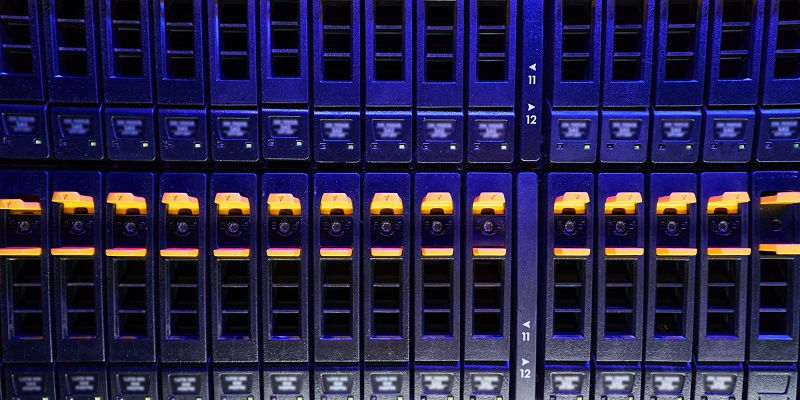In the rapidly evolving world of data analytics, the traditional tightly-coupled data stack is being surpassed by a more flexible and efficient model known as shared storage. This groundbreaking approach offers numerous advantages, chief among them being the ability to seamlessly integrate multiple compute frameworks. In this article, we will explore why shared storage is a better choice and delve into the significance of independent storage companies in the era of modular data architectures.
Evolution towards a modular data architecture
As the demand for more flexible and adaptable data architectures grows, it becomes evident that a shift is needed beyond access control. Metastore catalogs, governance systems, and even abstractions like views must be modified to align with the goal of building a new, modular system that just works. By rethinking the architecture from the ground up, organizations can create a versatile and robust ecosystem that caters to evolving business needs.
The Oracle Trap and the Issue of Vendor Lock-In
The IT industry has witnessed the prevalence of vendor lock-in, where established vendors create natural barriers to prevent users from embracing alternative solutions. One such example is the Oracle Trap, a business model that has dominated the industry for decades. The Oracle Trap, along with similar approaches, attempts to maximize vendor control and hinder users from utilizing different technologies and platforms. However, this monopoly-like situation is not in the best interest of organizations seeking flexibility and innovation in their data operations.
The Importance of Neutral Storage for Optimal Performance
For storage to serve the interests of users effectively, it must exhibit neutrality and facilitate optimal performance across all computing environments. Choosing storage that does not show preference for a particular product or service is paramount. Decisions made at the storage layer should strive to strike a balance between trade-offs, promoting interoperability and compatibility for various query layers.
Two potential scenarios for the future of data architectures
When contemplating the future, there are two plausible scenarios to consider. The first scenario suggests that established computer vendors will dominate open storage, thereby unlocking access to datasets from different frameworks and vendors. While this represents a step forward, it is an incremental one as it still keeps the power in the hands of a few dominant players.
In contrast, the second scenario envisions the emergence of independent storage companies based on open table formats. These forward-thinking companies operate without allegiance to computer vendors, allowing them to align closely with customer needs. This independent approach creates incentives that prioritize customer satisfaction and innovation, fostering a more competitive and diverse marketplace.
Refuting arguments against independent storage from incumbents
Incumbents will attempt to dissuade users from embracing independent storage by claiming that open formats on their platforms are sufficient or superior to separate storage. Although these arguments may have some short-term validity, it is crucial to remain skeptical of assertions that are true solely because the vendor dictates it. The independent storage model provides the freedom and flexibility to choose the most suitable technologies for specific requirements, ensuring genuine interoperability and unrestricted access to data.
Benefits of Independent Storage Based on Real-World Experiences
As proponents of independent storage, we have witnessed firsthand the benefits it offers to organizations. Our customers consistently report substantial savings, ranging from 30% to 60%, thanks to automatic tuning capabilities. Furthermore, the neutrality of independent storage ensures that these benefits apply across all compute environments, irrespective of the vendors they select. This neutrality fosters an ecosystem where users can mix and match tools and frameworks without limitations.
Pioneering Independent Storage and Setting New Standards
Tabular stands as the vanguard of independent storage companies, spearheading the movement by leveraging the power of Iceberg. As the first independent storage company, Tabular is building a solid foundation for modular architectures through the establishment of new standards. By embracing open table formats and promoting vendor-agnostic solutions, Tabular empowers organizations to break free from vendor lock-in, enabling greater innovation, efficiency, and control over their data operations.
The shift towards shared storage and independent storage companies marks a significant transformation in the world of data architectures. It offers the flexibility to leverage multiple compute frameworks seamlessly while reducing vendor lock-in and promoting innovation. By embracing neutrality and independence, organizations can unlock the full potential of their data and achieve agility and adaptability in the ever-evolving landscape of modern analytics. Together, we can build a future where users have the freedom to choose the best tools for their specific needs, without constraints imposed by incumbents or monopolistic practices.

